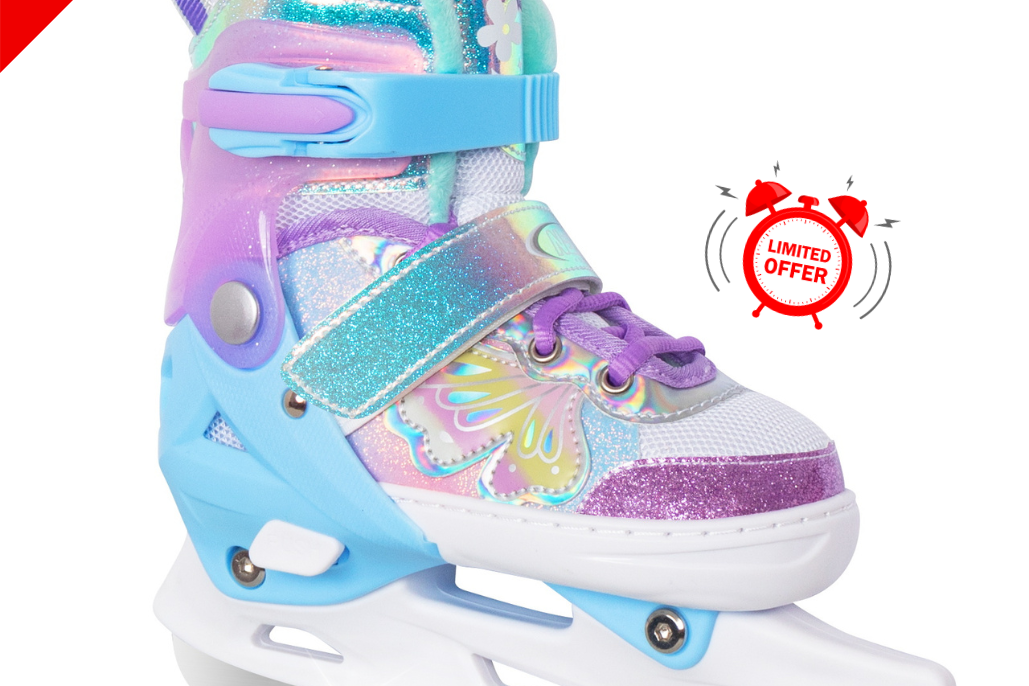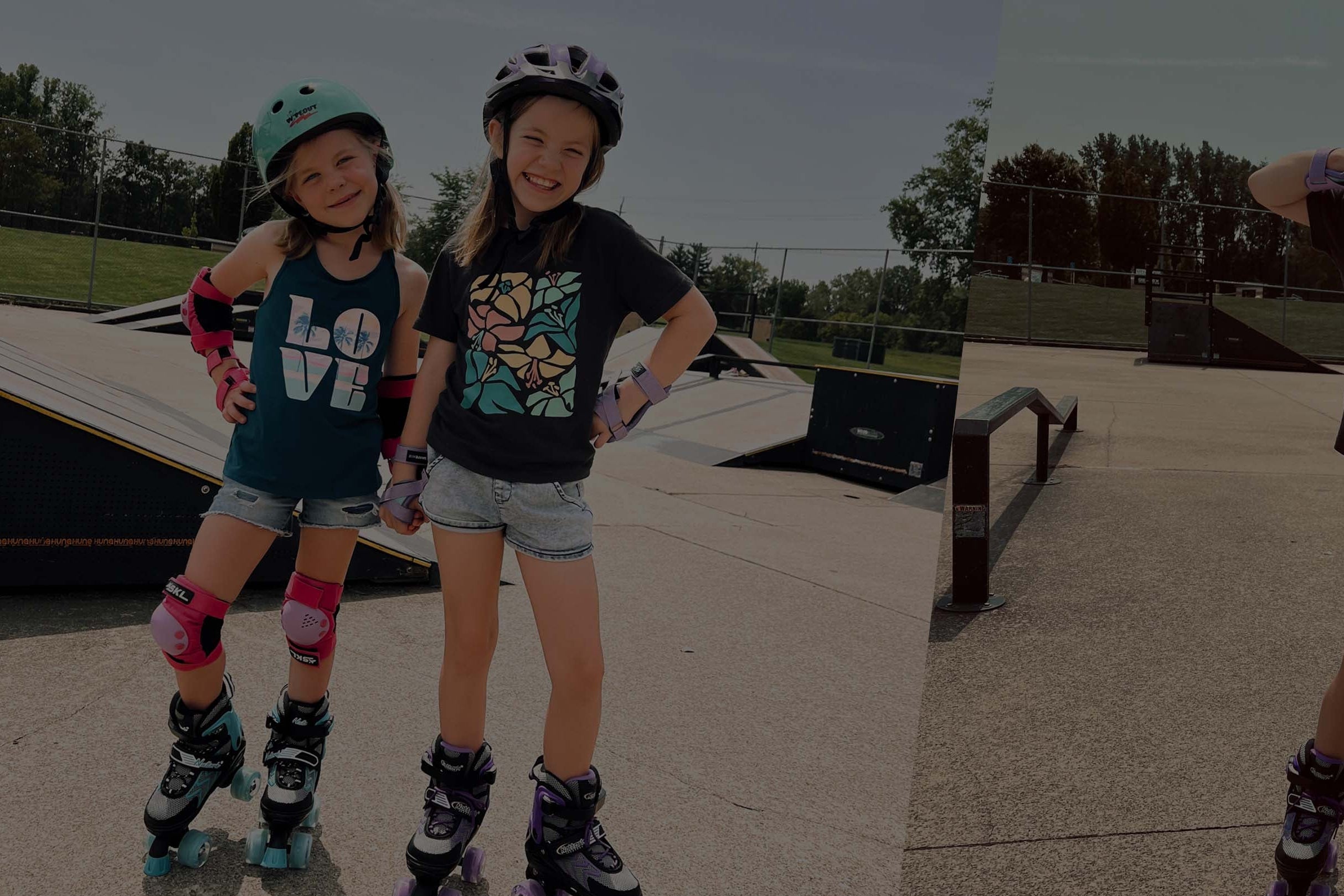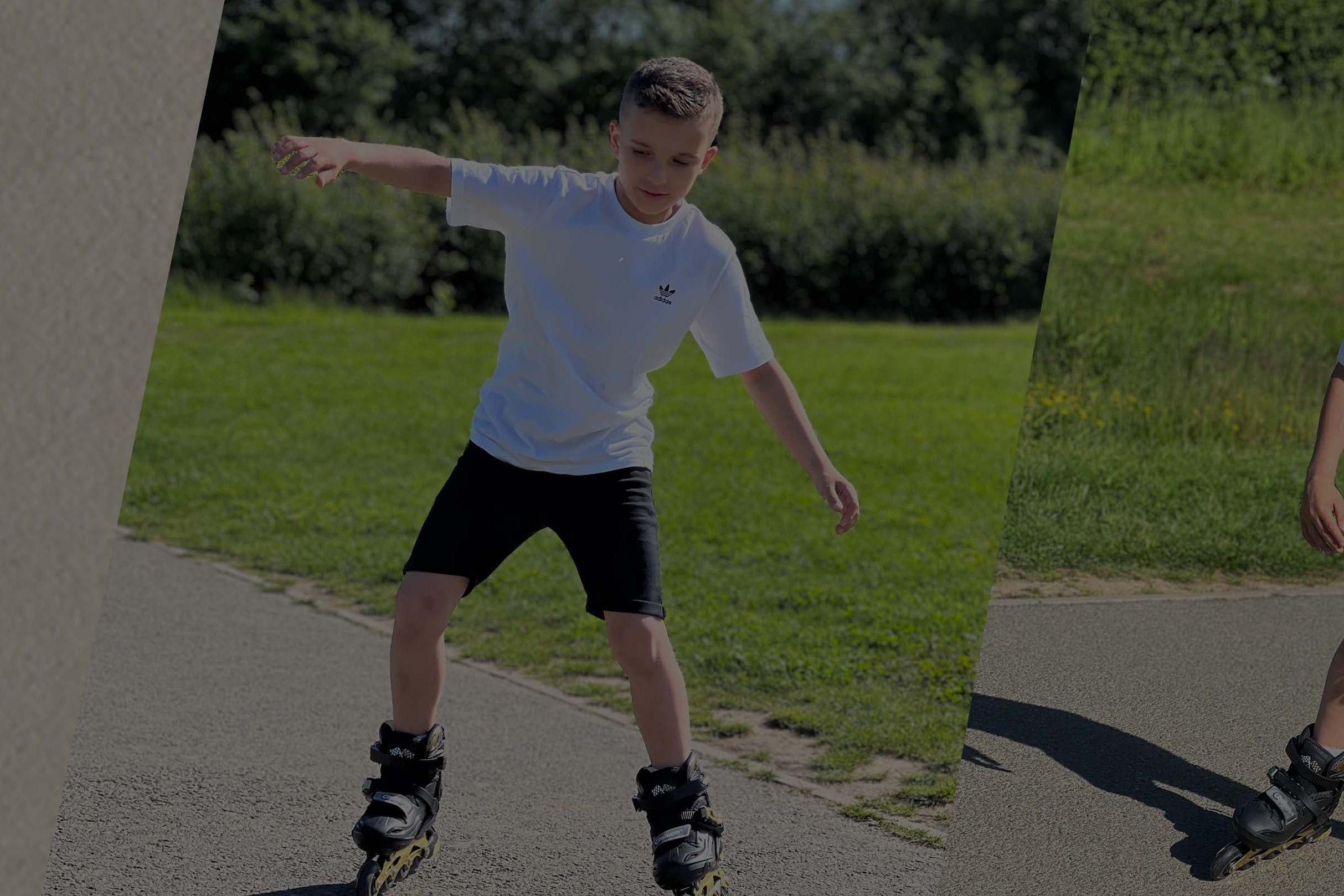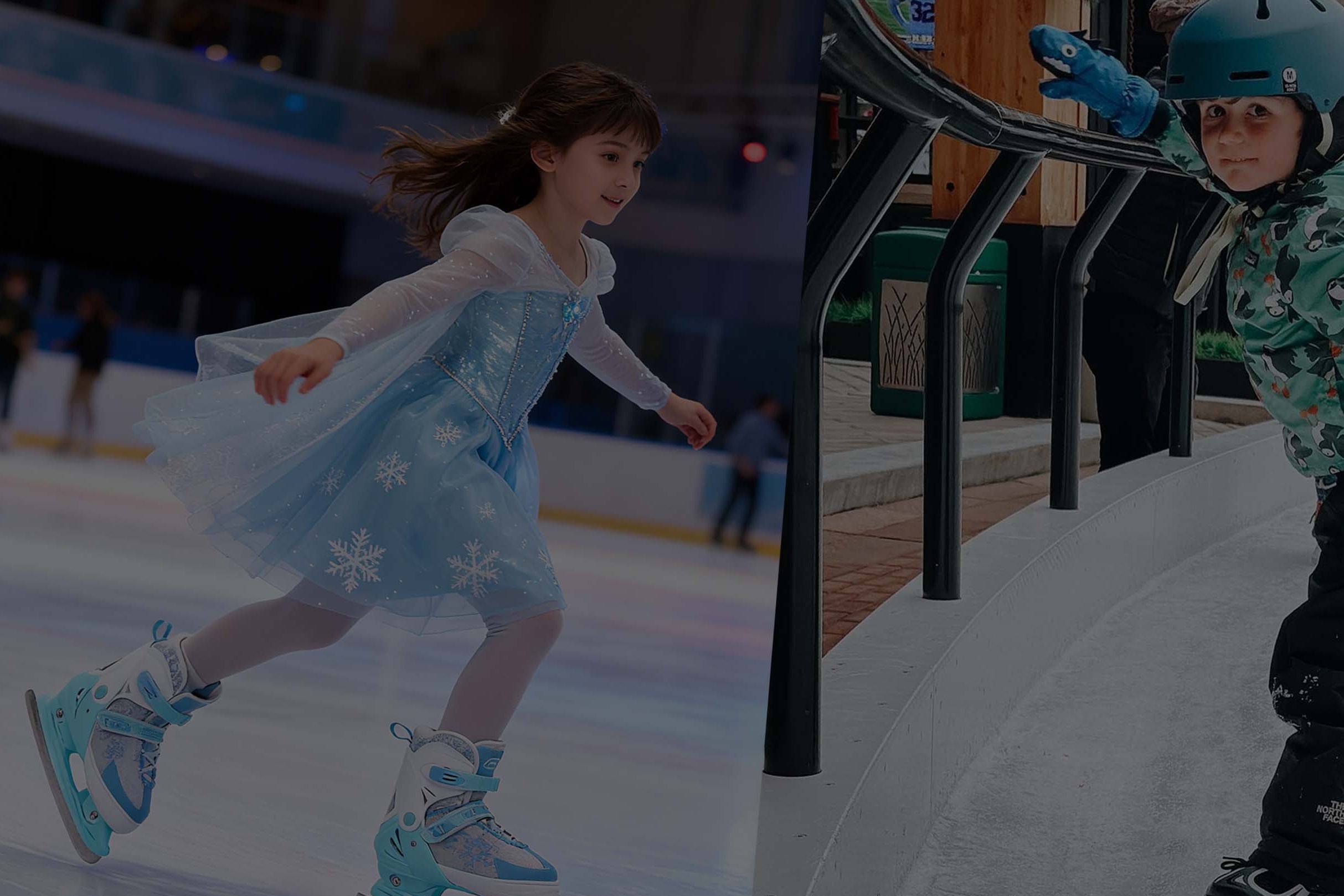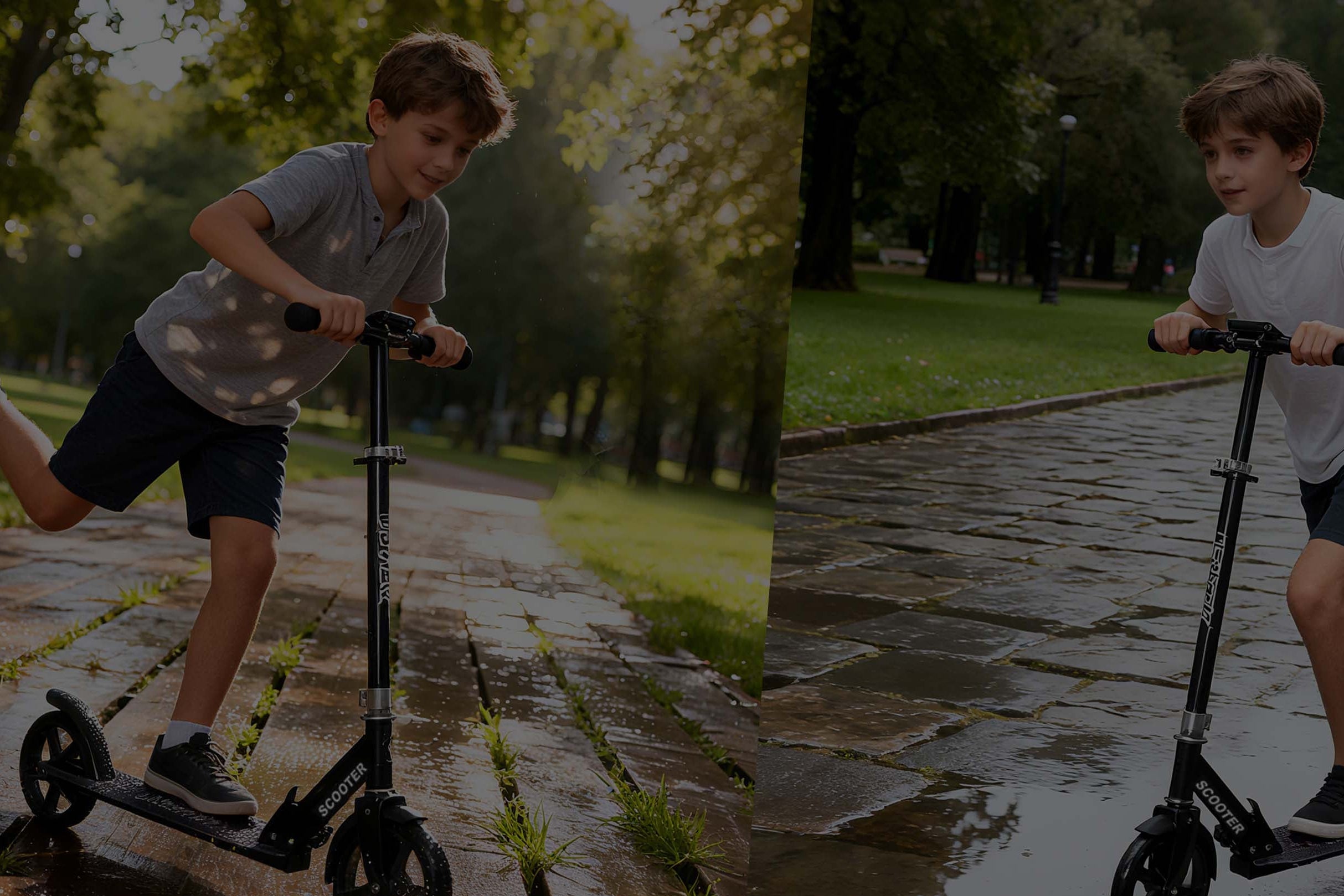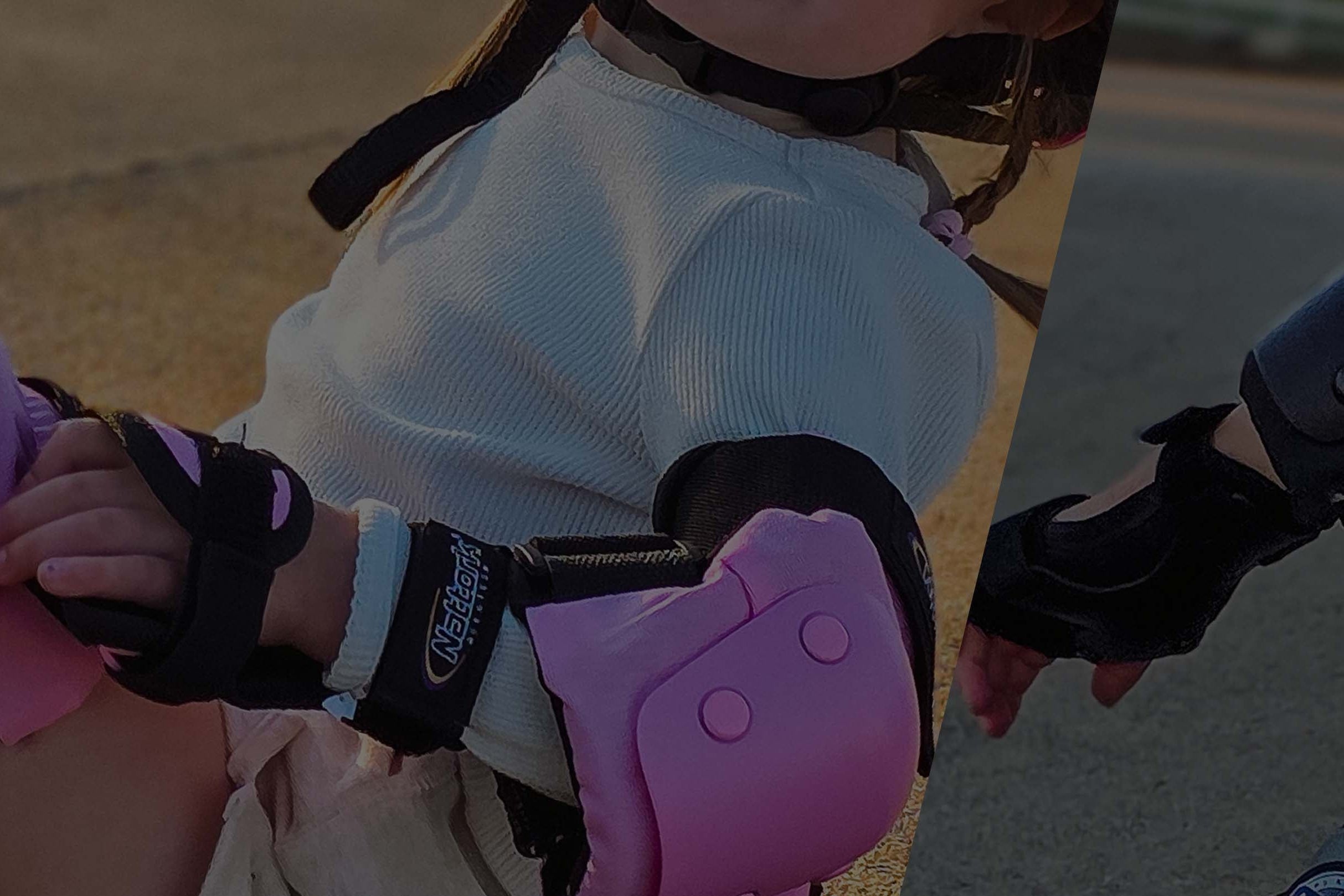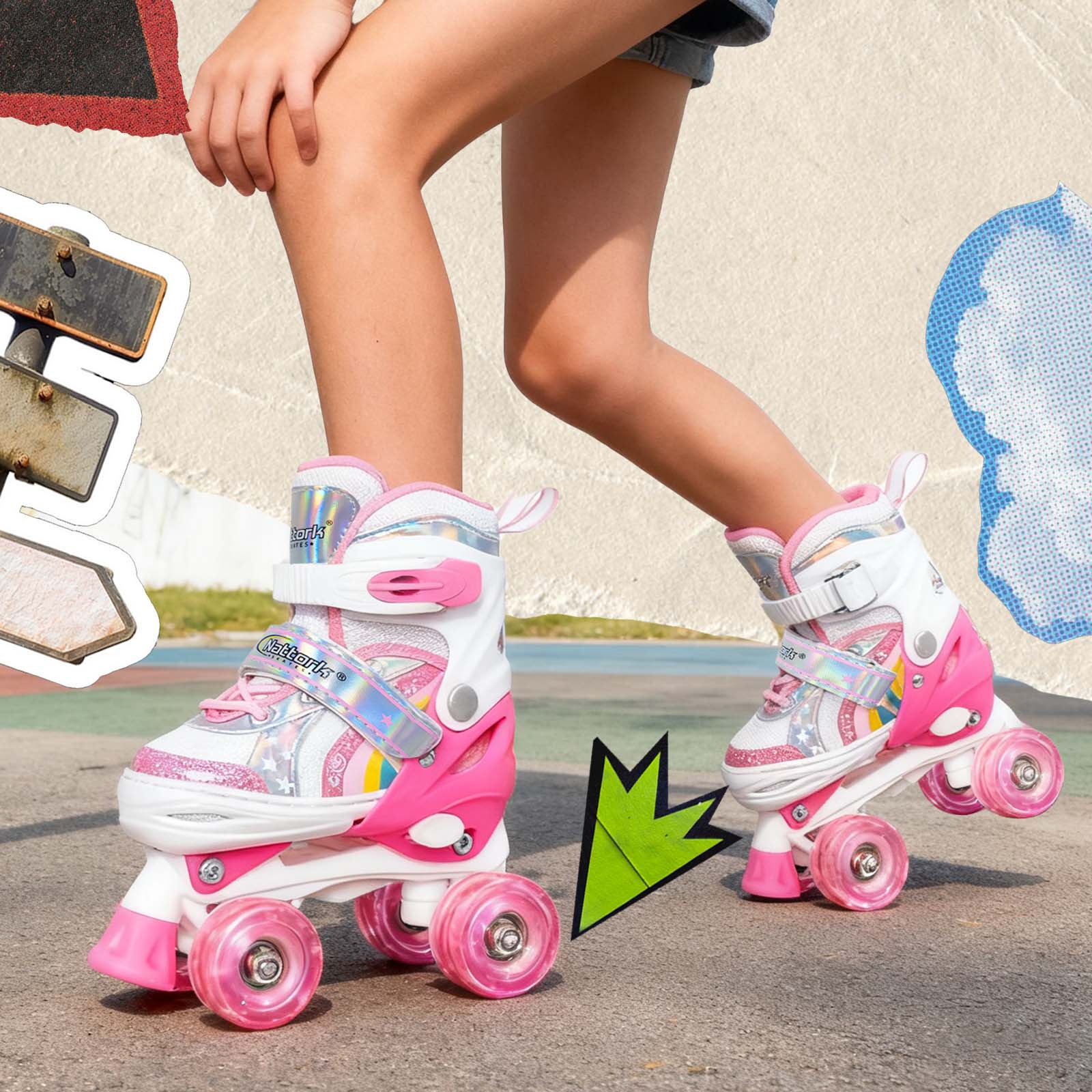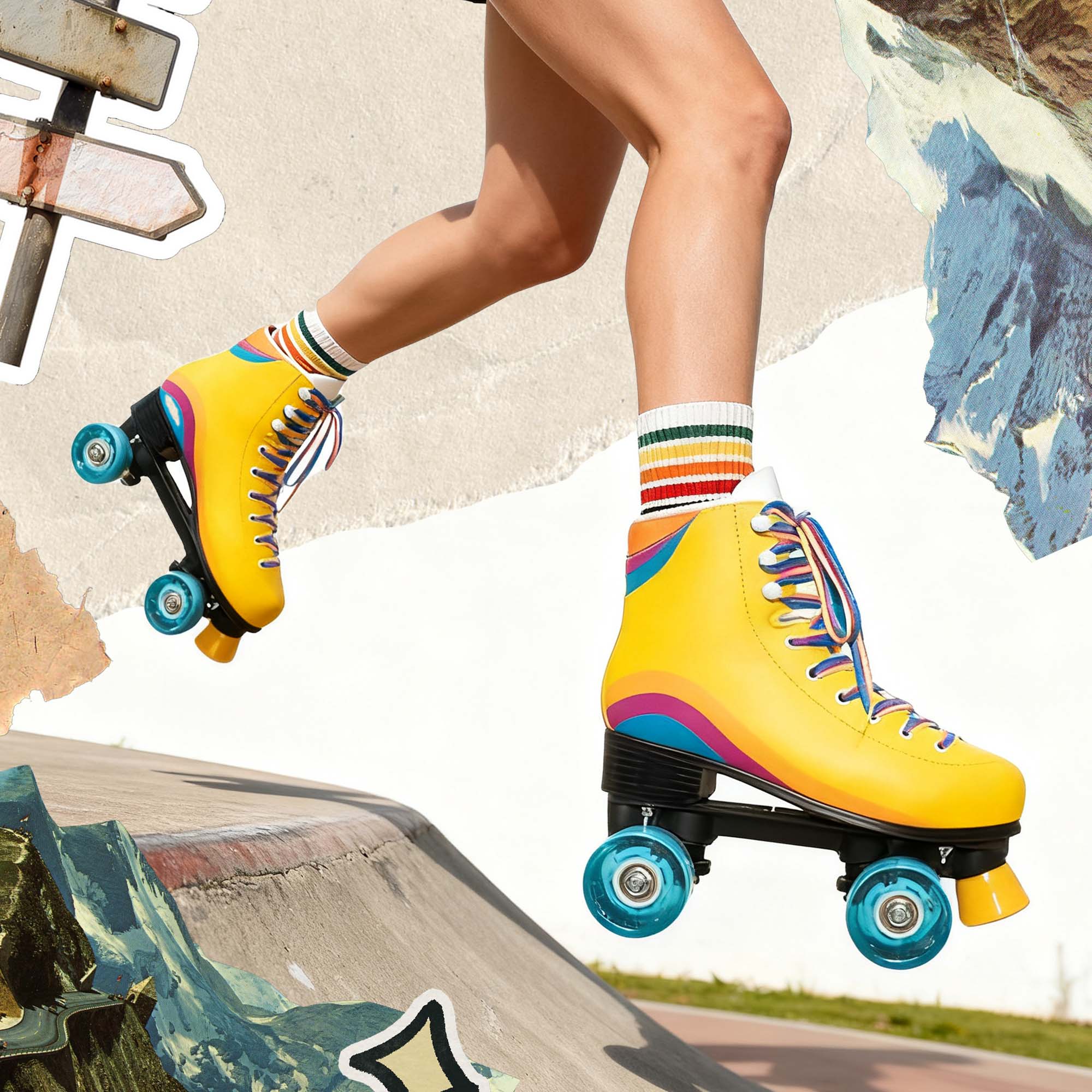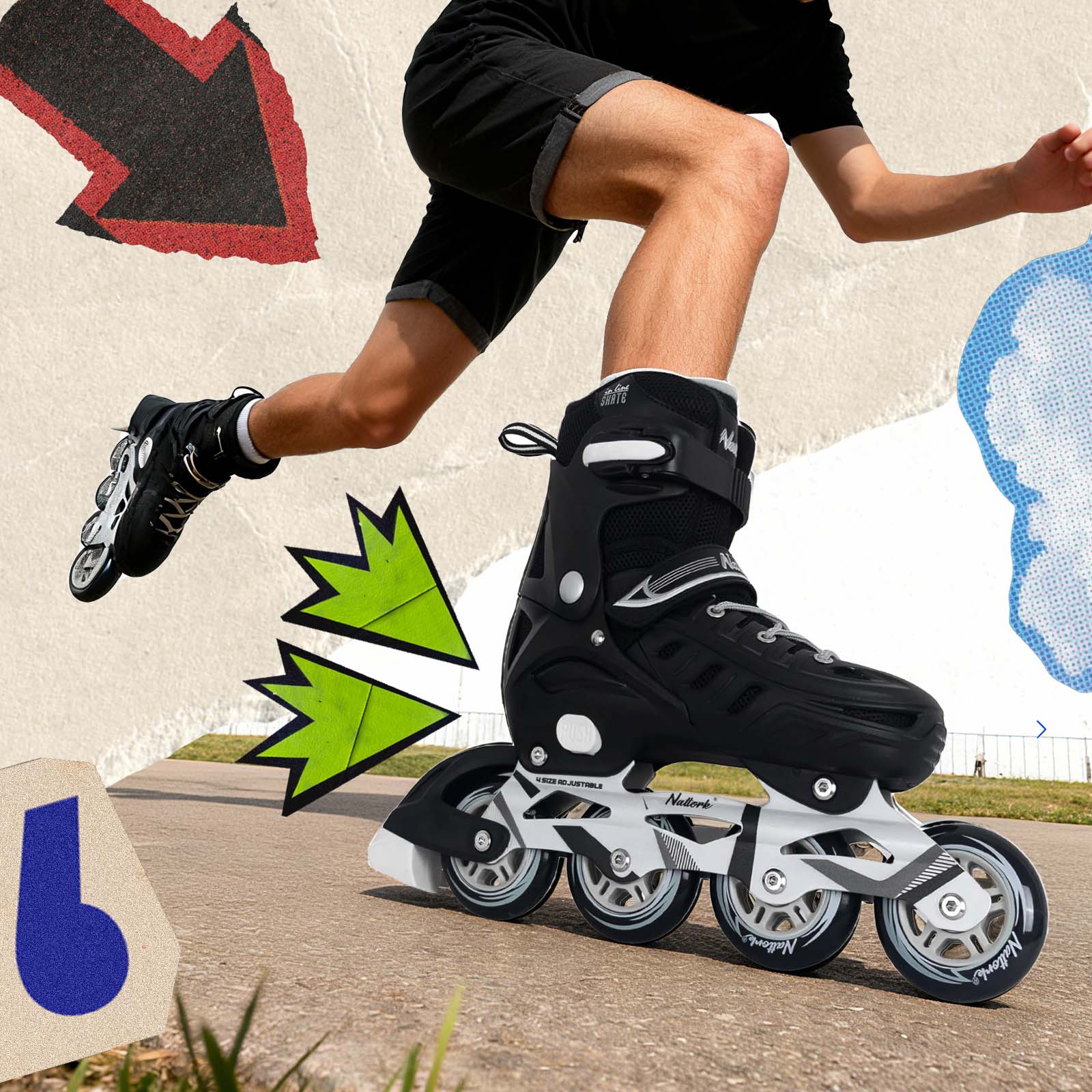Learn the Basics with a Pro Coach
If you’re worried about how to learn roller skating or how to teach your child to skate, you’ve come to the right place! To help, Nattork invited Appelusa, a champion-level professional roller skating coach, to demonstrate the basic skills and techniques of roller skating for children.
Click below to watch the instructional videos!
Use this text to share information about your store with your customers. Describe products, share announcements, or welcome customers to your store.
Prefer a text version? nattork also offers a detailed beginner's guide in text format. Whether you're a novice or seasoned skater, mastering the right techniques and precautions enhances your enjoyment and safety.
Check the tips below!
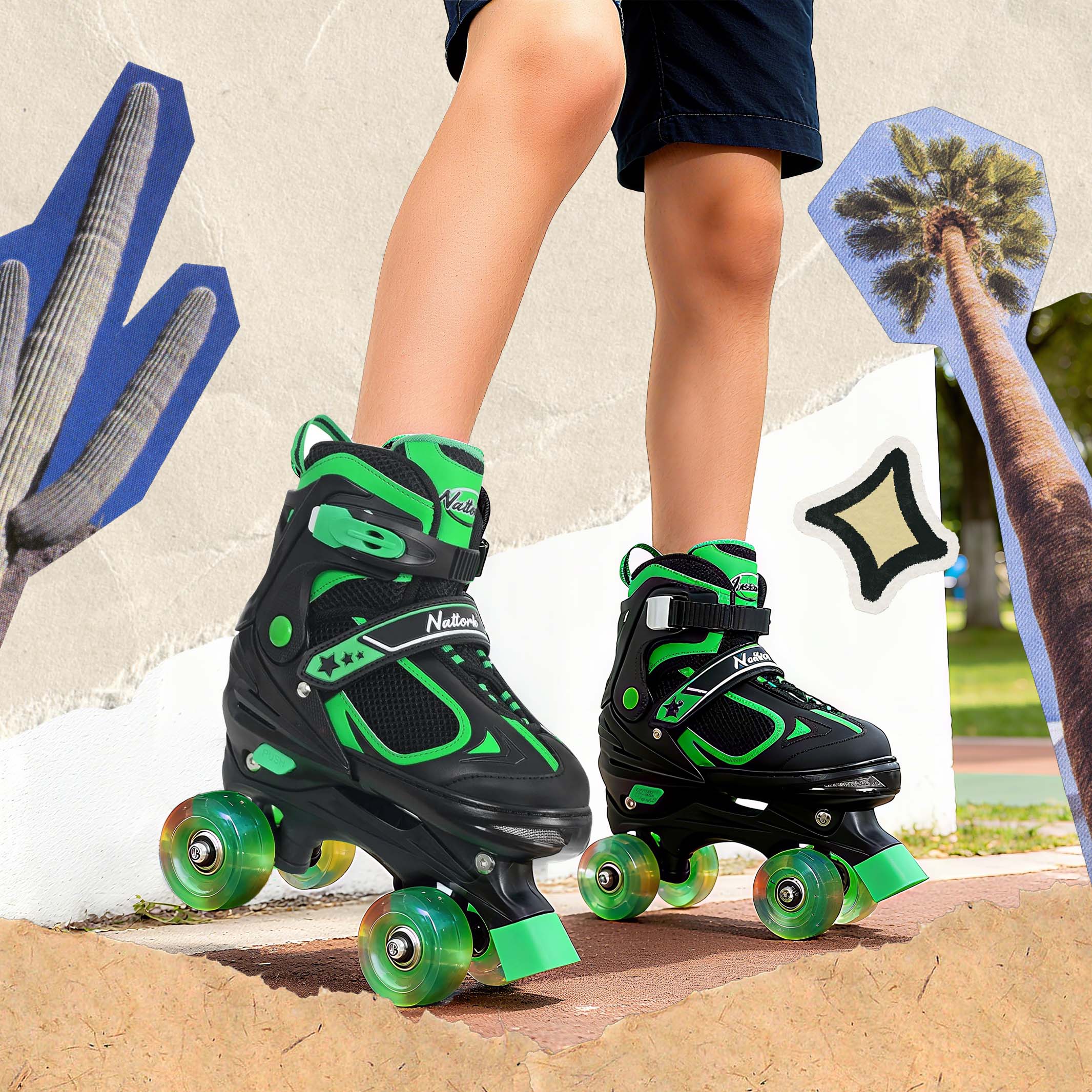
How to Wear Roller Skates the Right Way
A proper fit makes all the difference for safety and comfort.
Here’s how to do it:
- Sit down and loosen the straps or laces first.
- If you’re using our adjustable model, set the skate size to the proper position before putting it on.
- Slide the foot all the way back so the heel touches the end.
- Tighten the straps or laces evenly from bottom to top.
- The fit should be snug but not tight — no pinching!
*Nattork Tip: Our adjustable skates grow with your child’s feet, so they’ll always have the perfect fit!
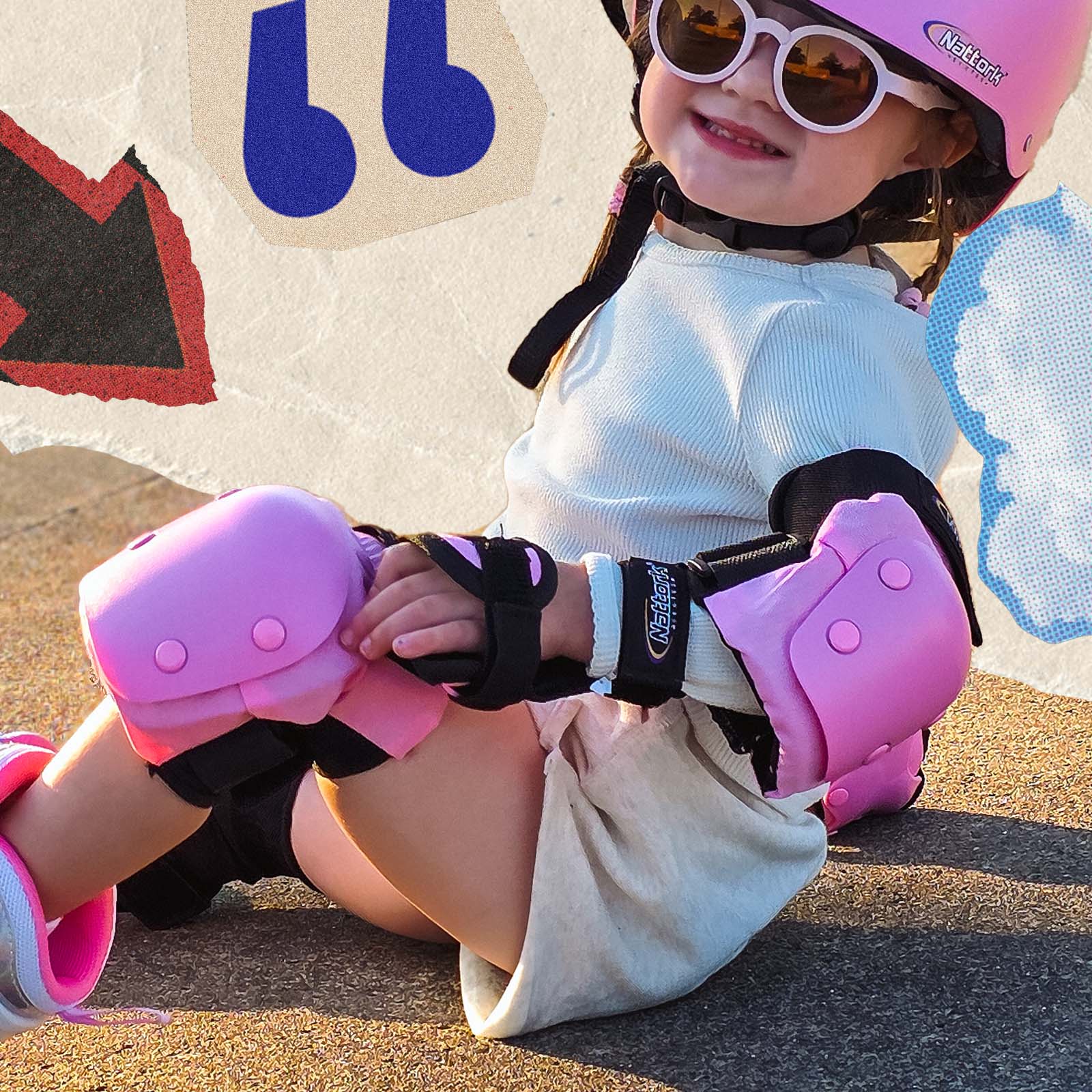
Don't overlook essential protective gear
Before every roller, make sure your child wears all their protective gear. Safety gear keeps every skating adventure worry-free and fun.
- Helmet: Protect their head with a properly fitted helmet that meets safety standards. It should sit level on your child’s head — not tilted back — and the straps should form a “V” under each ear, fitting snugly but comfortably under the chin.
- Knee & Elbow Pads: Cushion little tumbles and shield joints from impact. Make sure they fully cover the knees and elbows, and stay in place when your child moves.
- Palm Guards: Our protective gear also includes palm protection to reduce impact when falling. Make sure they’re worn snugly against the palm, with the hard shell facing downward — many beginners accidentally wear them backward, which affects protection.
*Nattork Tip: Let your child choose their favorite color set — kids are more likely to wear gear they love!
Best Places to Go Roller Skating
Start somewhere smooth, safe, and quiet.
Great beginner spots:
- Indoor rinks or gym floors
- Driveways or empty parking lots
- Smooth park paths
- Avoid steep hills, gravel, wet surfaces, or crowded sidewalks.
*Nattork Tip: Early mornings or evenings are perfect for open spaces and cooler weather.
Getting Started
Initiate your roller skating journey with these fundamental techniques:
1. Standing: Start out on a flat area in a squatting position. Lean your hands on the ground in front of you for stability. Bring one leg forward, and then the other whilst remaining in a squatting position. Both of your knees are now bent, with your lower legs in the ready position. Your heels should be in line with your buttocks. Stand up by pushing with both your hands and your legs as before.
2. Balancing and Stance: Stand with your feet shoulder-width apart and your knees slightly bent. Keep your weight centered over the middle of your skates. This balanced stance will give you stability as you start moving.
3. Moving: To start rolling, push off with one foot while keeping the other foot stable. Use a controlled motion, moving each foot backward and outward to generate forward momentum. Alternate between pushing with your left and right foot to maintain a steady pace.
4. Braking: Learning how to brake is essential for your safety. The most common braking technique for beginners is the T-stop. Angle one foot perpendicular to the other, forming a “T” shape. Gently press the braking foot’s wheels against the ground to slow down or stop. Remember to keep your balance and distribute your weight evenly.
5. Turning: Start with gentle turns to get the hang of steering on skates. Shift your weight to the foot you want to turn toward and lean slightly in that direction. Bend your knees and use your ankles to initiate the turn. As you become more confident, you can attempt sharper turns.
How to Take Care of Roller Skates
- Keep those wheels rolling smoothly!
- Wipe off dirt and dust after each use.
- Keep bearings clean and dry.
- Store skates in a cool, dry place.
- Check wheels, screws, and stoppers regularly.
*Nattork Tip: A quick clean-up after every ride helps skates last longer and glide better.
Safety Precautions
While roller skating is enjoyable, safety remains paramount. Consider these safety tips:
1. Gear Up: Equip yourself with essential protective gear, including a helmet, knee pads, elbow pads, and wrist guards, reducing injury risks during falls or accidents.
2. Equipment Check: Before skating, inspect your gear for signs of wear and tear. Ensure wheels, bearings, and other components are in optimal condition and properly secured.
3. Choose Safe Terrain: Opt for designated skating areas, skate parks, or smooth surfaces devoid of obstacles, debris, or uneven terrain. Avoid high-traffic areas and congested streets.
4. Warm-Up: Prepare your muscles and joints with a pre-skating warm-up routine, incorporating gentle stretches and movements to prevent strains and injuries.
5. Maintain Control: Skate within your skill level, avoiding excessive speed or advanced maneuvers beyond your capability to retain control and prevent accidents.
6. Falling Techniques: Practice safe falling techniques to minimize injury impact. Learn to fall to the side, protecting wrists and knees, crucial for mitigating severe injuries.
7. Visibility: Enhance visibility, especially during low-light conditions or night skating, with reflective clothing and accessories to alert motorists and pedestrians.
8. Avoid Distractions: Stay focused on your surroundings and skating technique, refraining from distractions like phones that compromise attention and balance.
9. Weather Awareness: Be mindful of weather conditions, avoiding skating on wet or slippery surfaces prone to accidents, especially during rain or icy conditions.

